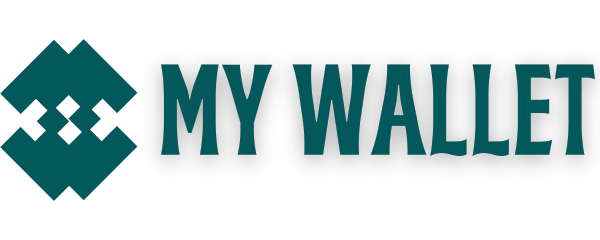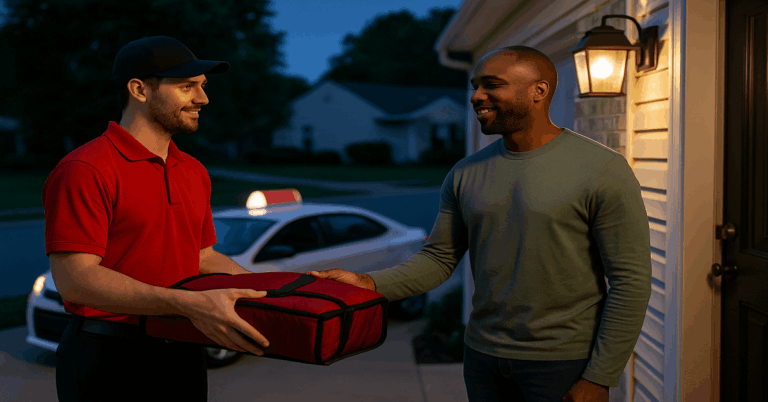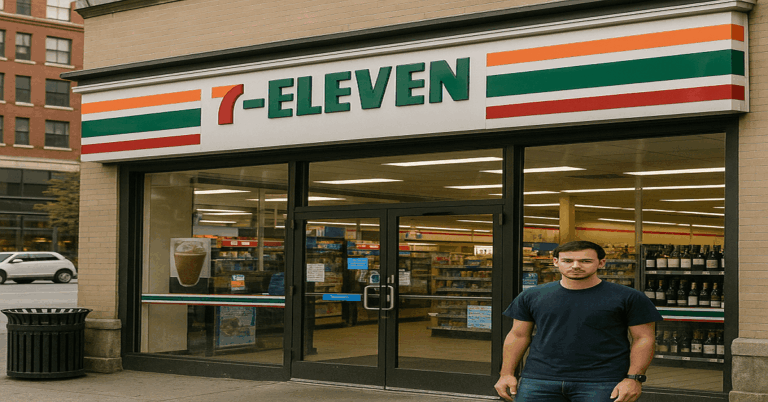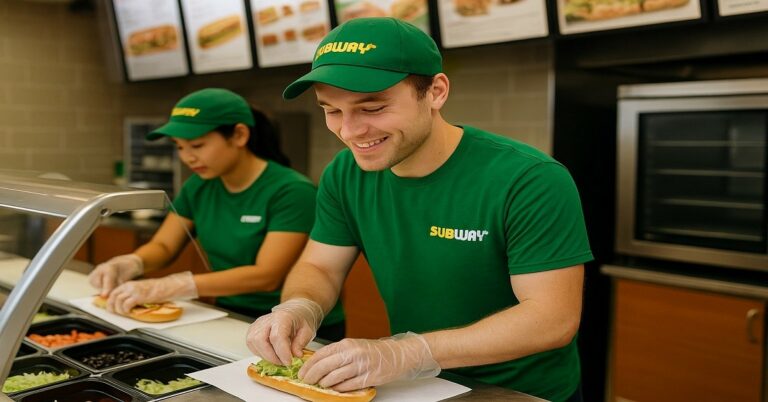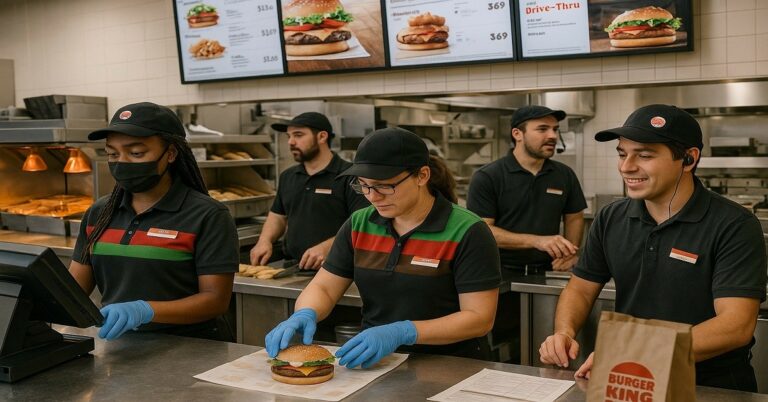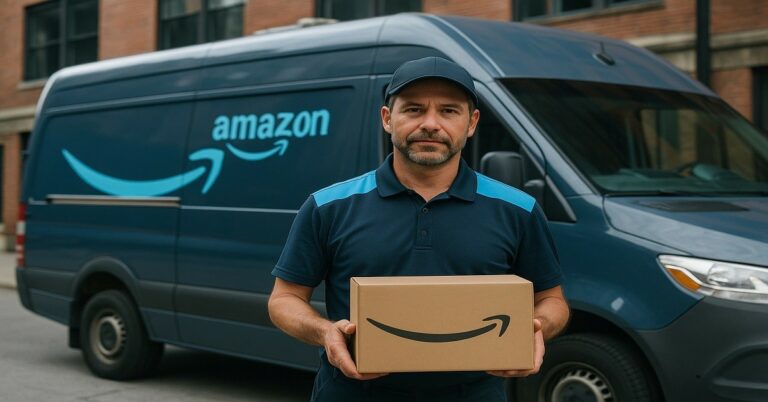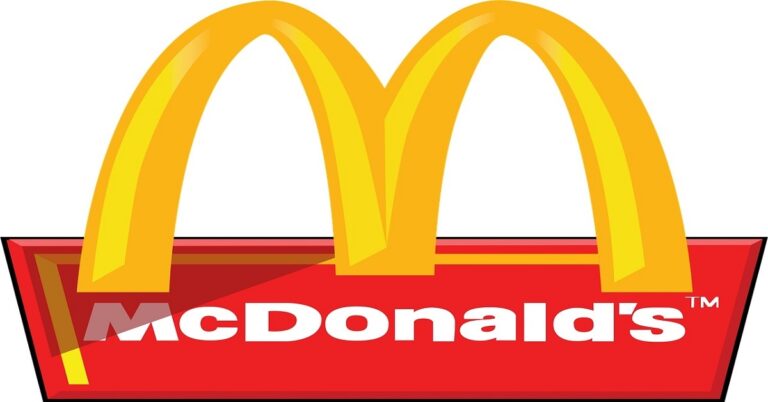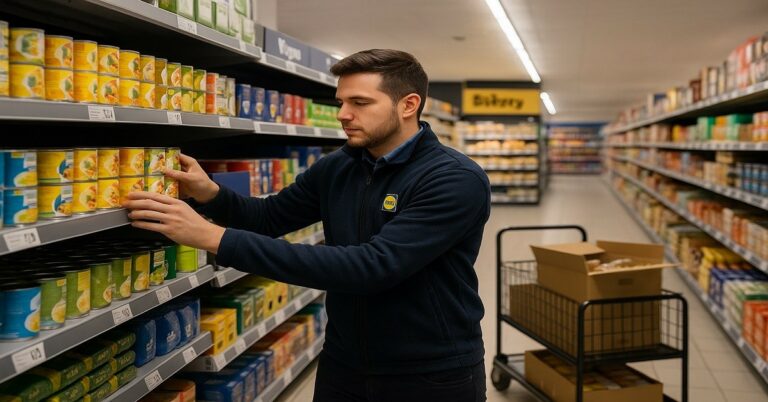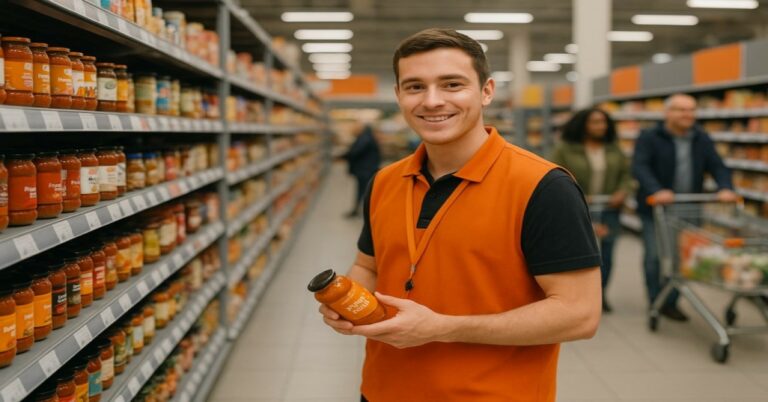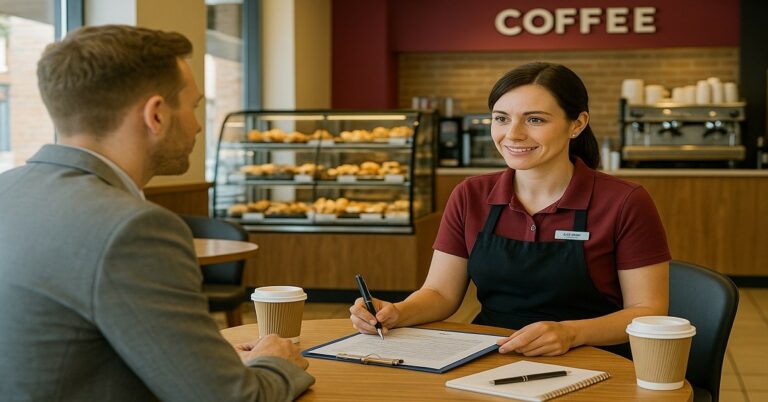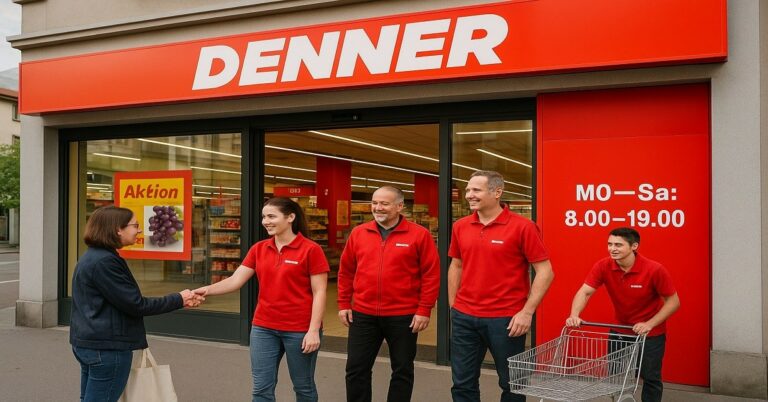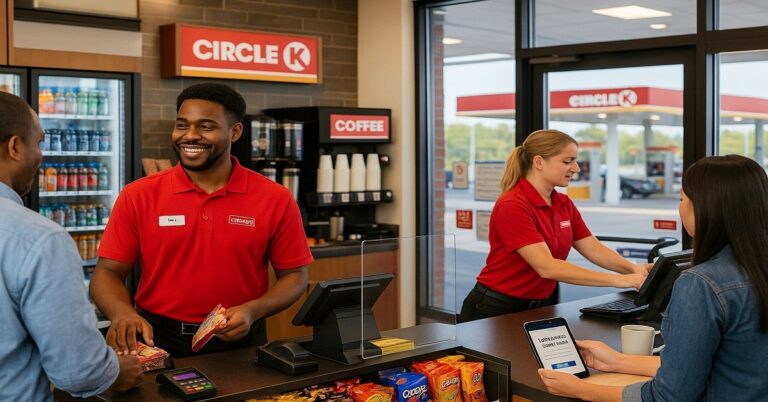Becoming a Starbucks barista is a solid entry into customer service, hospitality, or retail leadership.
This guide explains what the job looks like day to day, what pay and benefits you can expect, and a clear, practical path to get hired—no fluff, just the essentials.
What The Job Is Like
Baristas are frontline “partners” (Starbucks’ term for employees). Schedules often include early mornings, mid-day peaks, and closing shifts.
You’ll take orders, make espresso and blended beverages to standard, restock, clean and sanitize, handle POS transactions, and keep the café moving during rushes.
The role is hands-on and fast, with an emphasis on consistent recipes, friendly service, food safety, and teamwork.
Many store leaders started as baristas, so there’s a real internal ladder if you want longer-term growth.
Pay and Tips (salaries)
Becoming a Starbucks barista implies getting paid hourly, and the exact rate depends on location, local laws, and store type.
Most stores also pool tips, which can add a few dollars per hour depending on traffic and time of day. Overtime follows standard rules where applicable.
Glassdoor’s current estimate for Starbucks baristas shows a typical total pay of $15–$19 per hour, with an average base of about $16/hr.
Indeed’s nationwide salary page (updated Oct 6, 2025) lists an average barista wage of $16.05/hr based on thousands of reported salaries.
Benefits Overview (highlights)
Starbucks is known for offering a broad package for hourly roles at company-operated stores.
Details can vary by state, union status, and whether the store is company-operated or licensed, so confirm the specifics in your offer packet.
- Health coverage: Medical, dental, and vision plan options for eligible partners and dependents.
- 401(k) with company match: A company match is available for eligible partners; matching details are disclosed during enrollment.
- Equity (Bean Stock): Eligible partners may receive restricted stock units that vest over time, giving them a stake in the company.
- College program: Eligible U.S. partners can pursue an online bachelor’s degree with significant tuition coverage through a formal program with a partner university.
- Paid sick time: Accrued based on hours worked, with carryover caps per policy and local law.
- Food & drink perks: While working, partners can have a handcrafted beverage at no cost; there’s also a weekly “markout” (e.g., a bag of coffee or instant coffee) and an in-store discount on beverages, food, and merchandise.
- Other supports: Commuter benefits where available, family/mental health resources, and partner assistance programs.
Eligibility basics
Some perks start right away (discounts/markout) while others require you to become benefits-eligible and then enroll during set windows.
Eligibility is tied to hours worked over a defined period.
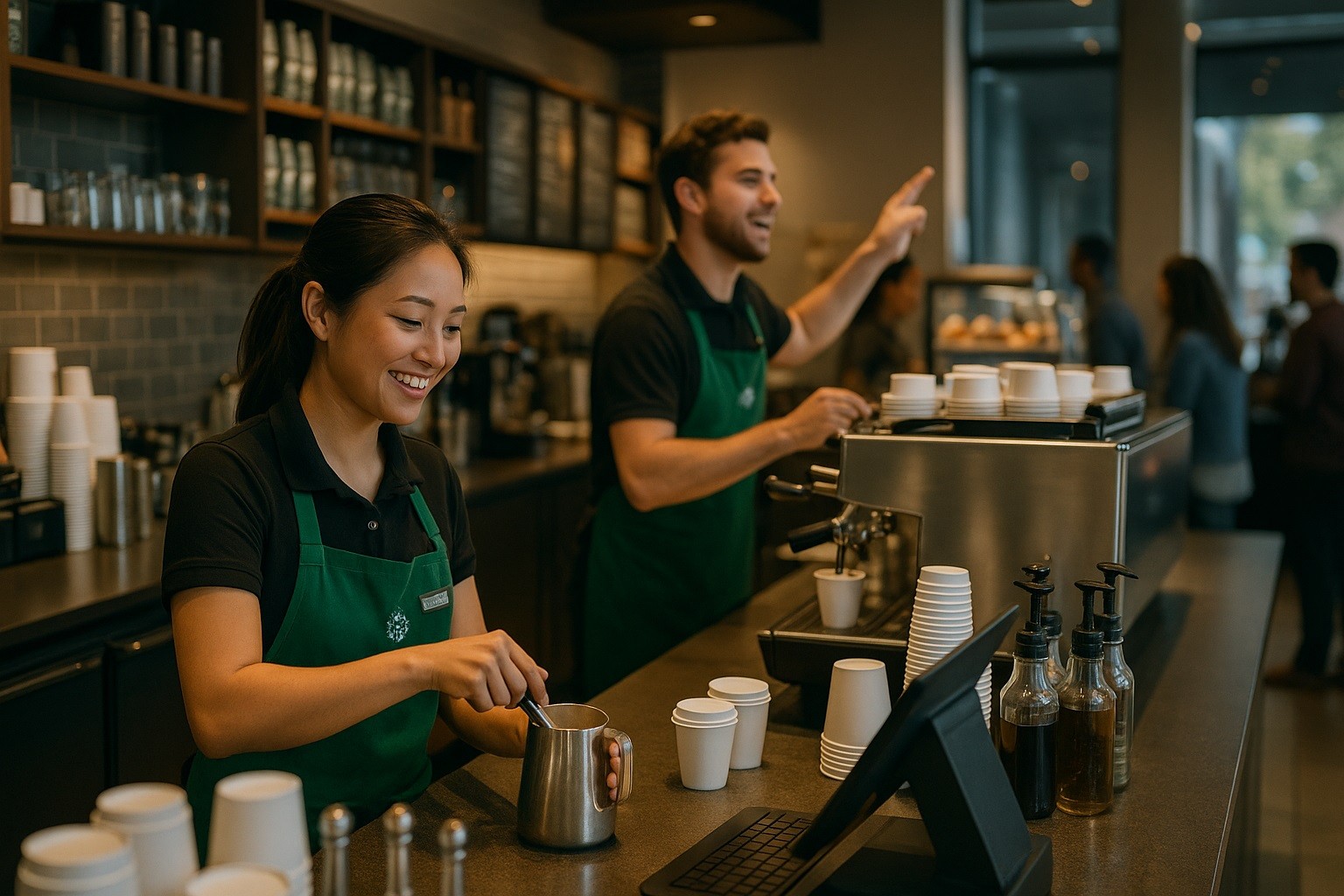
The Clear Path to Becoming a Starbucks Barista
A step-by-step with a timeline.
Week 0: Prep your candidacy
Confirm store type near you. Search nearby openings and note whether each posting is company-operated or licensed; this affects benefits and training.
Get your resume ready. One page is fine. Emphasize customer service, food safety, cash handling, reliability, and teamwork. Add concrete examples.
Set availability. The more open you are to early mornings, weekends, and holidays, the easier it is for a manager to fit you into the schedule.
Week 1: Apply
Create a candidate profile on the Starbucks careers portal and set job alerts for “Barista” in your ZIP or city.
Apply to 2–4 nearby stores instead of just one. Stores post roles in cycles, so applying broadly improves your odds.
Complete any screening questions promptly. Use short, specific answers about customer focus, punctuality, and sanitation awareness.
Week 1–2: Interview
Store contact. Expect an email or call for a short phone screen or an in-person interview. Respond within 24 hours.
Interview ready. Visit the store beforehand, note the layout and rush patterns, and learn the basic drink categories (espresso, brewed, cold, blended).
Ask smart questions. Examples: “Is this a company-operated or licensed store?” “What does the training schedule look like?”
Week 2–3: Offer and onboarding
Offer review. Confirm hourly rate, average weekly hours, store type, and eligibility timing for benefits. Clarify break policies and tip distribution.
Background and paperwork. Complete I-9 verification, tax forms, and direct deposit. Bring IDs to your first day if required by your state.
Training schedule. You’ll receive a mix of e-learning modules and on-bar training with a coach or shift supervisor.
Weeks 3–6: Training and certification
Orientation & food safety. Day 1–3 covers brand standards, hand-washing, allergens, cleaning/sanitizing, and equipment basics.
Bar skills. You’ll learn espresso dialing, milk steaming, beverage build order, and station transitions (hot bar, cold bar, customer support, POS).
Throughput & service. Focus shifts to speed during peak, recovery during lulls, and anticipatory customer service.
30/60/90-day milestones
30 days: Consistent beverage quality and station rotations with limited coaching.
60 days: Reliable peak performance; can train new partners on basic tasks.
90 days: Full station coverage, strong guest interaction scores, and readiness for added responsibilities (ordering/receiving shifts, waste tracking, or time-off coverage).
Beyond 90 days: Growth path
Shift Supervisor (common next step): After demonstrating reliability, service, and bar leadership, you can express interest to your manager.
Expect added training in deployment, cash management, and labor planning.
Assistant Store Manager / Store Manager: Further progression is possible for strong performers who want leadership roles.
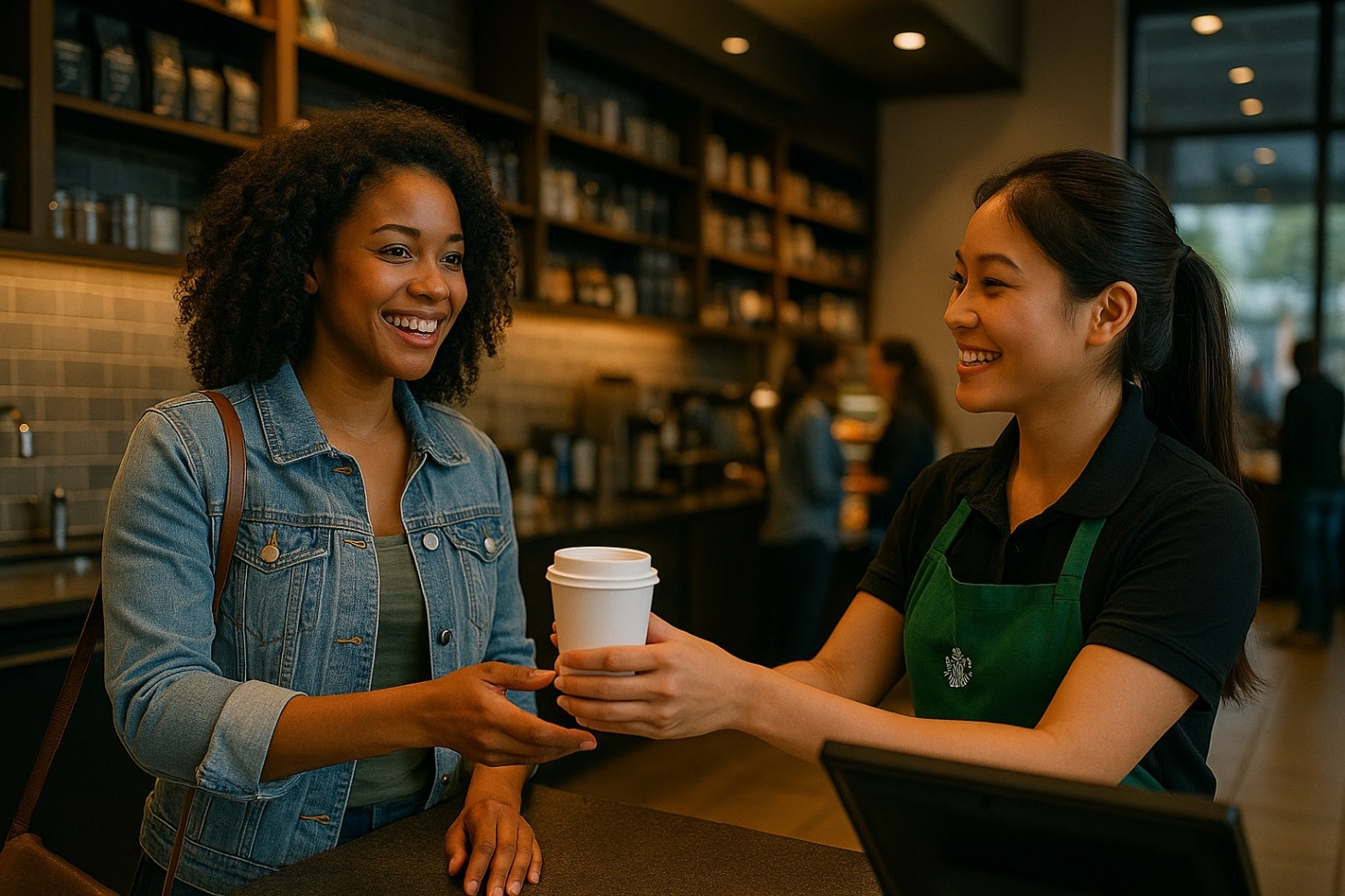
Application Tips That Make a Difference
Lead with availability. Note your open hours at the top of your resume or in the application.
Show service metrics. If you have prior experience, include hard numbers: average daily transactions, guest-satisfaction scores, or speed-of-service improvements.
Be specific in interviews. Avoid generalities like “I’m a people person.” Give brief, concrete stories that show how you act under pressure.
Follow up once. A short thank-you within 24 hours is professional and keeps you top-of-mind without being pushy.
Is This a Good Fit?
Choose this role if you enjoy fast-paced, guest-facing work, want predictable hourly pay with tips, and value benefits that are unusually comprehensive.
The skills you build—service, quality control, food safety, cash handling, and teamwork—transfer well to other hospitality and retail jobs.
Just remember that pay, perks, and policies vary by location, store type, and union status, so rely on the details in your specific posting and offer letter.
Conclusion
Becoming a Starbucks Barista is for anyone who fits in the service industry.
apply to multiple stores → interview with concrete examples → accept offer → complete onboarding → finish training and certify in your first month.
